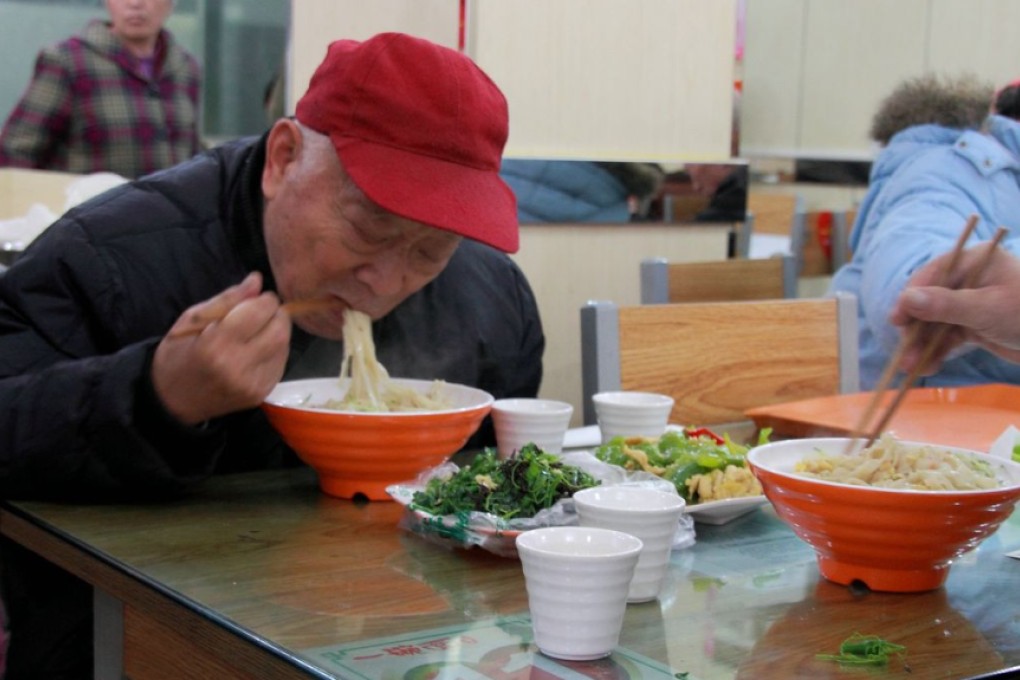Enjoy a taste of historic significance
As the city of Zhengzhou and its inhabitants change with the rest of the mainland, some things still remain the same - primarily food.

As the city of Zhengzhou and its inhabitants change with the rest of the mainland, some things still remain the same - primarily food.
All across China, eating habits are as much a part of identity as one's last name, and in Zhengzhou, it's no different. The major dish in the city is a seemingly innocuous bowl of beef noodles, lamian.
There isn't a time of day or night when a bowl of thick, stretched out noodles is a bad choice. Locals will have a bowl for breakfast, lunch, dinner, after-party nightcap and, like most dishes in China, lamian can be prepared quickly and still tastes as if the chef spent hours preparing it. The broth that goes into a bowl of noodles is the most important part, usually commanding dozens of spices and herbs, and hours of patient boiling before it's ready for the table.
Behind this simple dish - noodles, a few bits of greens and some beef in a broth - lies expertise and passion that would go unnoticed, and often does unless one takes the time to delve into it.
Zhengzhou is also, at first glance, a rather simple city. Its skyscrapers and plazas, construction and bustle seem much like any other 21st century Chinese city. The people are rough hewn, with the weathered faces of central China's dusty plains. But behind those faces lie the depth of centuries of civilisation - every Zhengzhou local represents 5,000 years, and not in the hyperbolic vein often used in other parts of China. Zhengzhou and the region is a bona-fide descendant of the first emperors to walk the earth in the space between the Yellow and Yangtze Rivers. The Shang and Yin dynasties, followed by the Zhou and others, all found their base here along the Yellow River.
Sure, nothing but noodles and ruins might remain of those old cities and the people who roamed the rutted roads centuries ago, but in each sip from the broth and slurp from the bowl, there is the old and undying culture of the plains Chinese. Go taste a bit of lamian and discover the taste of living history for yourself.